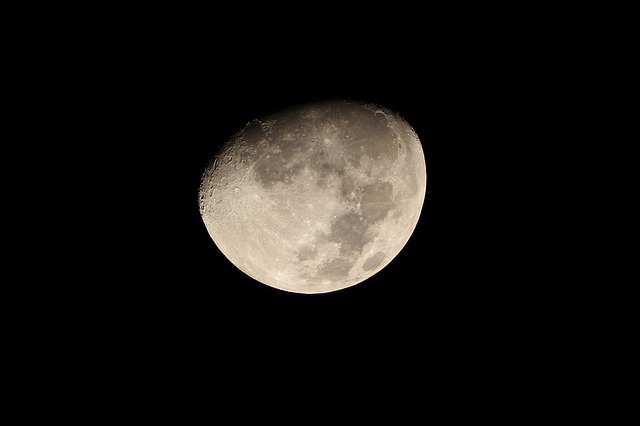OU News
News from The Open University
- Home
- OU research student on how to make it in space, without actually going there
OU research student on how to make it in space, without actually going there
Posted on • Space, Student stories

Vibha Srivastava has always wanted to be an astronaut and work in space science, which wasn’t straightforward as a young women from North East India. Before joining The Open University (OU) as a PhD Researcher she studied Aeronautical Engineering at Gujarat University, and a Masters at the International Space University in Strasbourg in France, including an internship at NASA Ames Research Center, California. Vibha is developing technologies that will enable humans to 3D-print structures such as habitats, launch pads, and instruments on the Moon from lunar soil.
To celebrate #OUSpaceMonth and World Space Week, we spoke to Vibha about what being a PhD Researcher at the OU entails, and what her achievements and challenges have been throughout her career.

PhD Researcher, Vibha Srivastava
When was it that you first fell in love with space exploration?
“I have grown up with the determination of working in the space industry. I remember we had a trip with my school to watch the stars in the night sky. I remember staring up into space and thinking ‘wow, I want to be there.’ After that I was in love with space and wanted to be an astronaut. I read lots of books on the subject, gathering information on astronauts and how to become one.”
Why choose the OU to study for your PhD?
“After completing my Masters at the International Space University, I went back to my job at Hindustan Aeronautics Ltd. in Bangalore in India. It felt as if I was back at square one. I decided to apply for a PhD, which was quite challenging in Europe as there wasn’t any funding for non-European students.
“My professor from the International Space University suggested that I consider opportunities at The Open University. I am now in my second year of a funded PhD; the OU has given me a great opportunity to work in a field I am interested in. I am happy and grateful.”
What is the focus of your research?
“I am investigating the microwave processing of soil on the Moon (lunar soil) for constructing 3D printed structures on its surface. Basically, my research is about the process of building structures from lunar soil with the 3D printing technique. The lunar soil can be added layer by layer and bonded using microwaves as a heat source on the Moon. This could eventually lead to the development of human habitats with in-situ resource.
What are your plans for the future – is being an astronaut still your goal?
Though I began with the dream of becoming an astronaut, I now aim to contribute to advancing space exploration. Researching a PhD at the OU has provided me with direction for what I want from my career; I want to continue researching 3D printing on planetary bodies. Of course, if I have the chance, why not travel to space?
If you could travel anywhere in our Solar System, where would it be?
“I am researching how to establish a base for humans on the Moon in the near future; naturally, the Moon is the first place I would visit. Scientists have studied the Moon quite extensively in comparison to any other planetary body in the Solar System; we even have lunar samples brought back from the Apollo mission.
“I am also fascinated with Mars; it has similarities to our planet, with the average day-and-night cycle mirroring ours, an atmosphere (although thin), and one-third of the gravity here. Mars might actually be another ‘Earth’ one day! Though, honestly, there isn’t any place better than our incredible planet.”
Find out more about OU Space Month at www.open.ac.uk/OUSpaceMonth